About the launch
According to SpaceX’s mission overview, this was the first-ever launch for this particular Falcon 9’s (booster B1095) first stage. While most recent SpaceX missions have reused Falcon 9 boosters , a signature part of the company’s cost-saving and sustainability strategy ,Tuesday’s flight featured a rare first-stage debut.
The rocket successfully completed its initial mission, separating from the upper stage around two and a half minutes after liftoff. About eight minutes later, the booster made a precise landing on the SpaceX drone ship “Just Read the Instructions,” stationed in the Atlantic Ocean. This smooth recovery sets the stage for future reusability of the rocket.
Technical Advancement
Of the 23 satellites onboard, 13 were outfitted with direct-to-cell technology — a feature designed to enable satellite connectivity directly to mobile phones, especially in areas lacking terrestrial infrastructure. After reaching space, the rocket’s second stage performed a short engine burn to circularize the orbit before deploying the satellites about 65 minutes after launch.
Starlink is the largest satellite megaconstellation ever constructed, consisting of about 7,500 operational satellites at the moment. And that number is growing all the time, as Tuesday’s action shows.

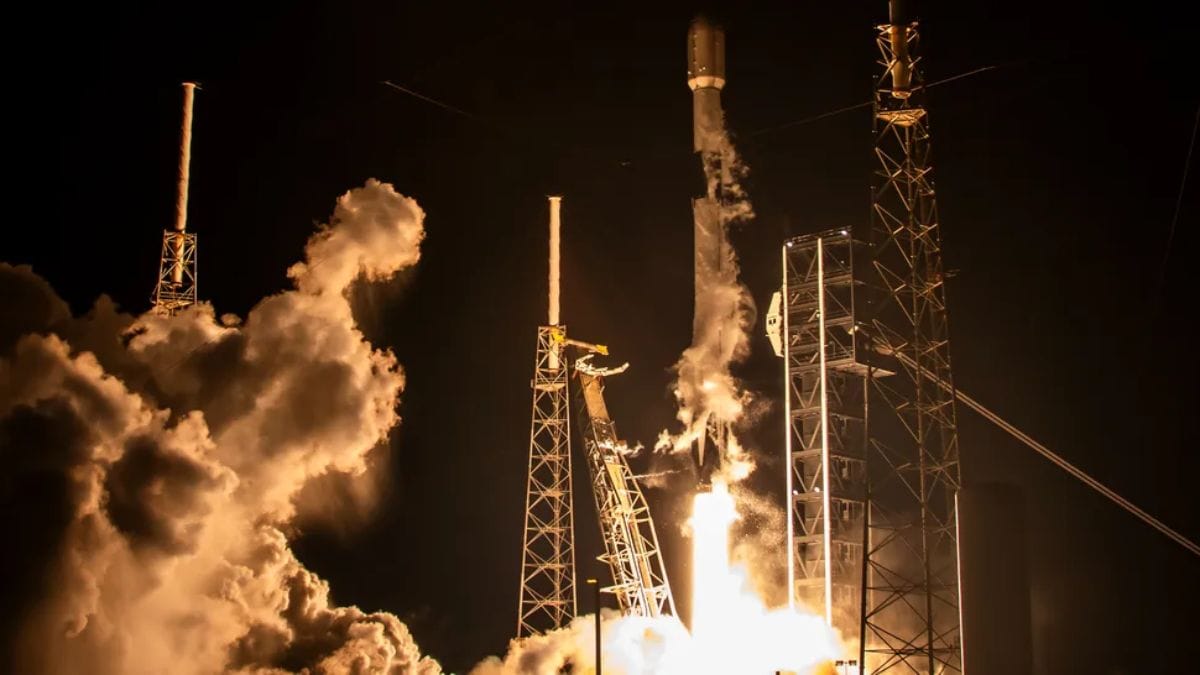
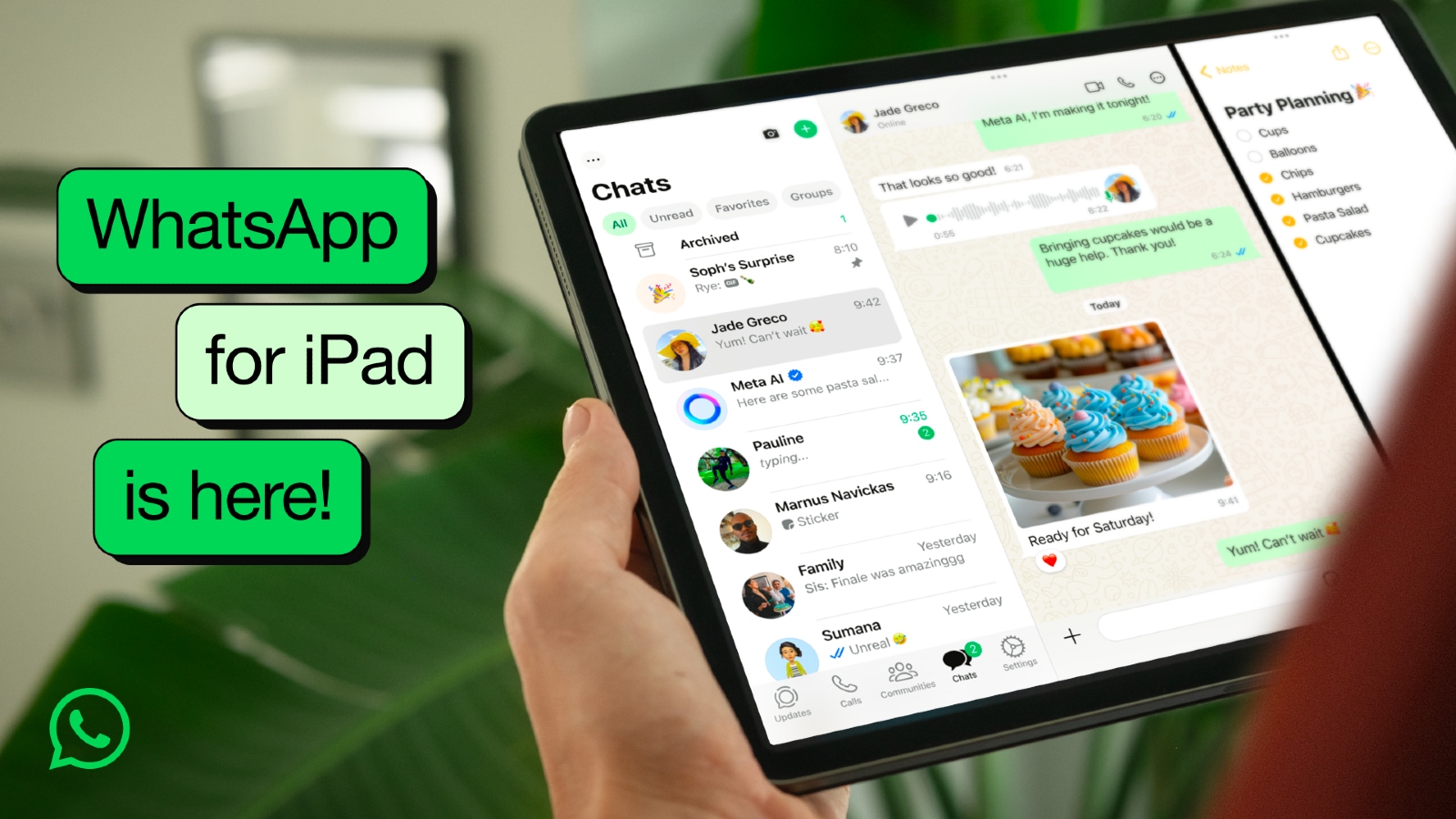


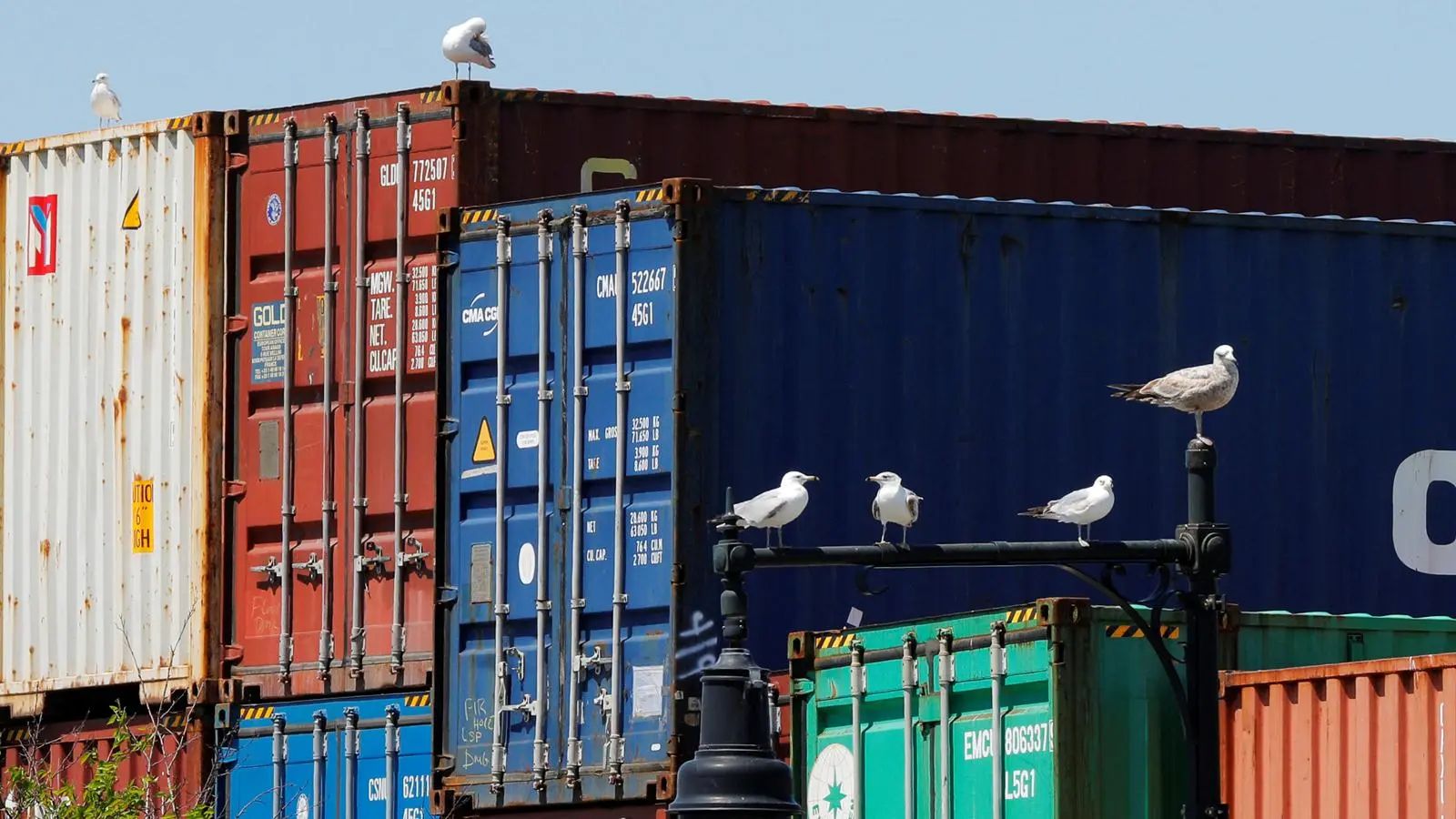
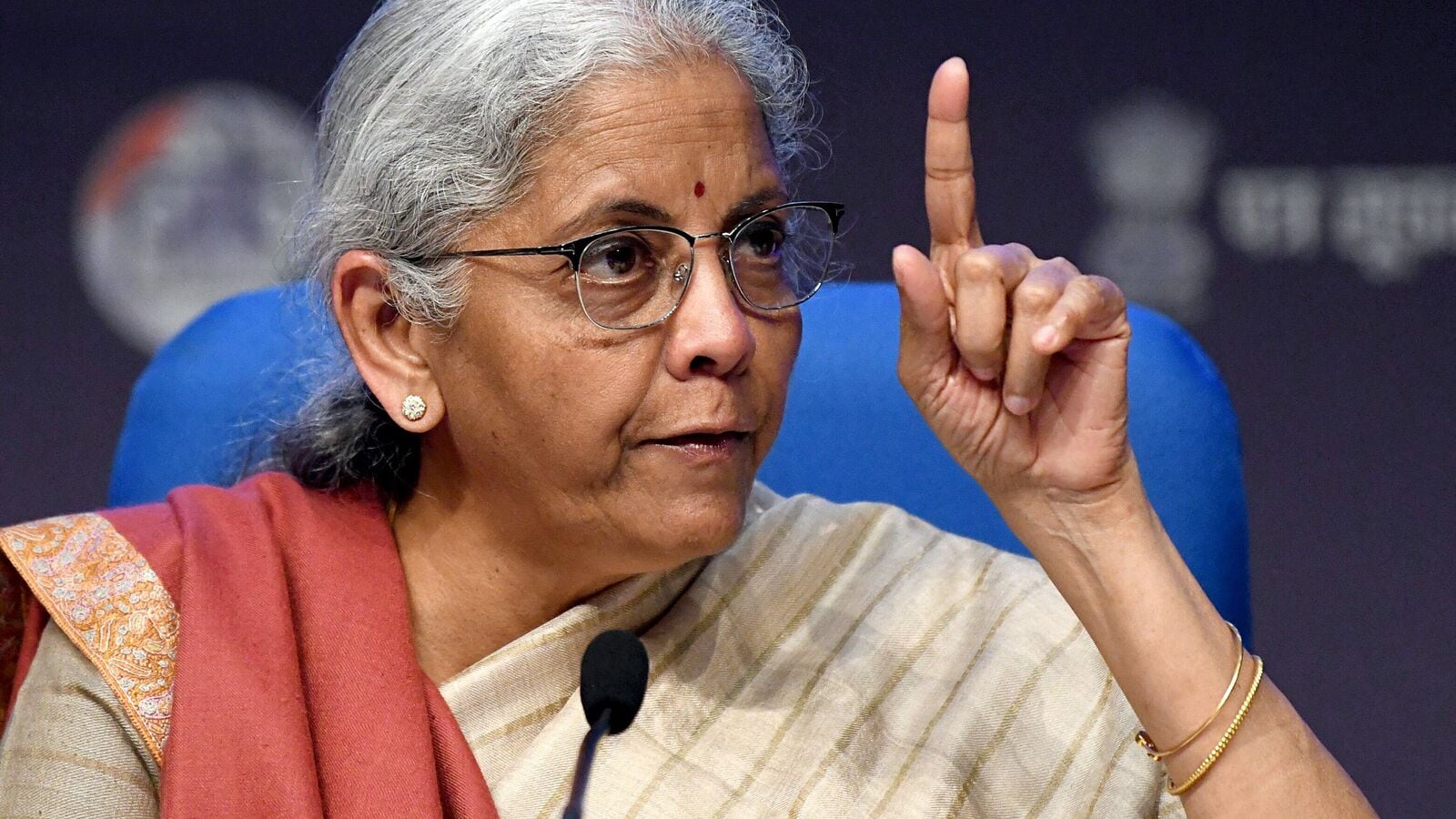

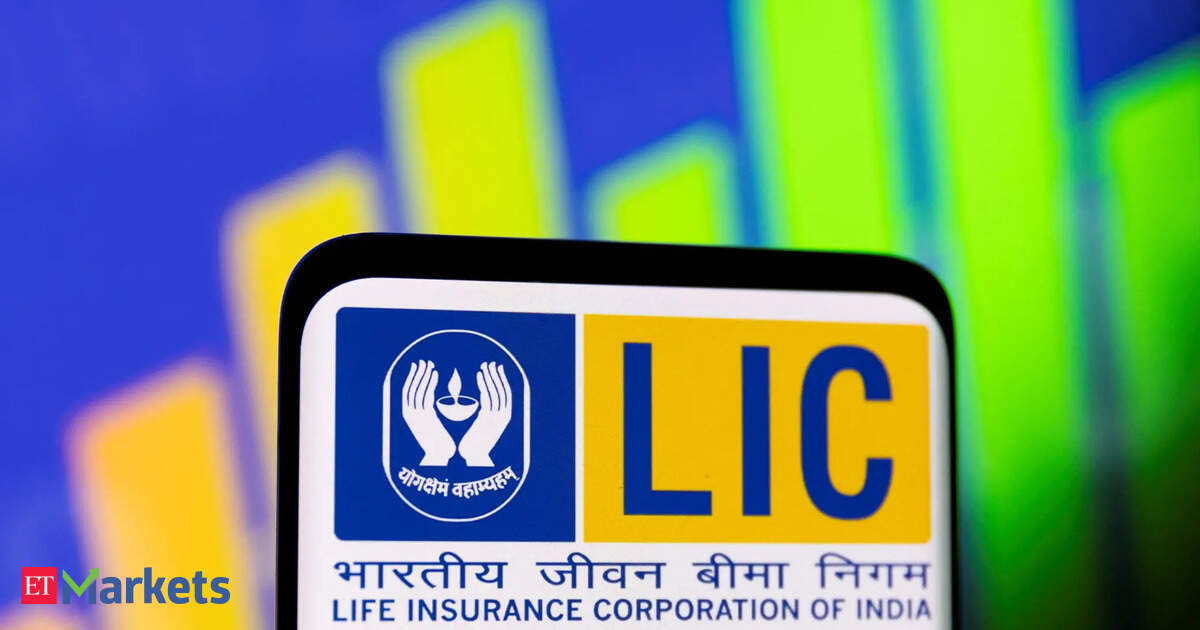

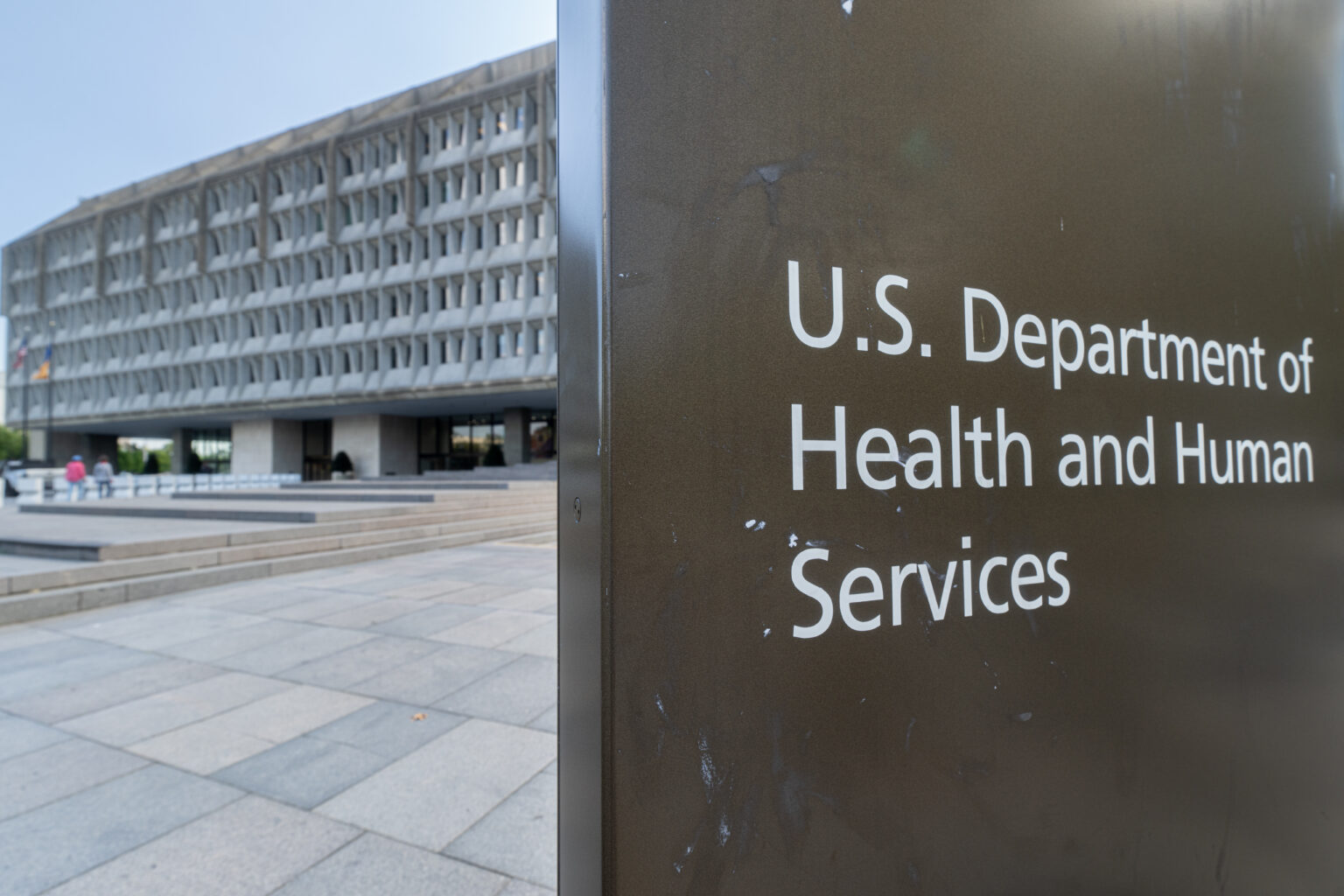
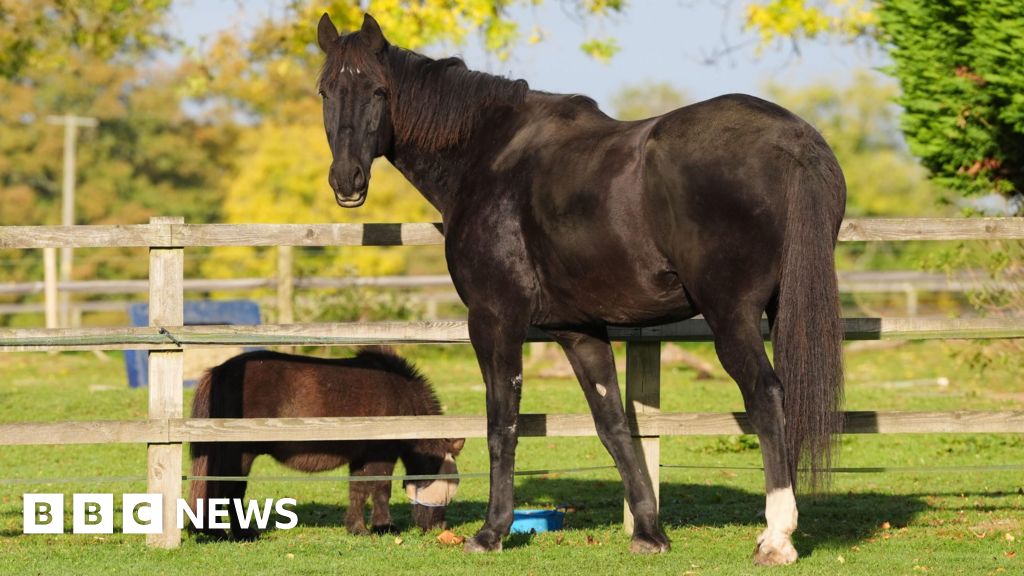

Leave a Reply